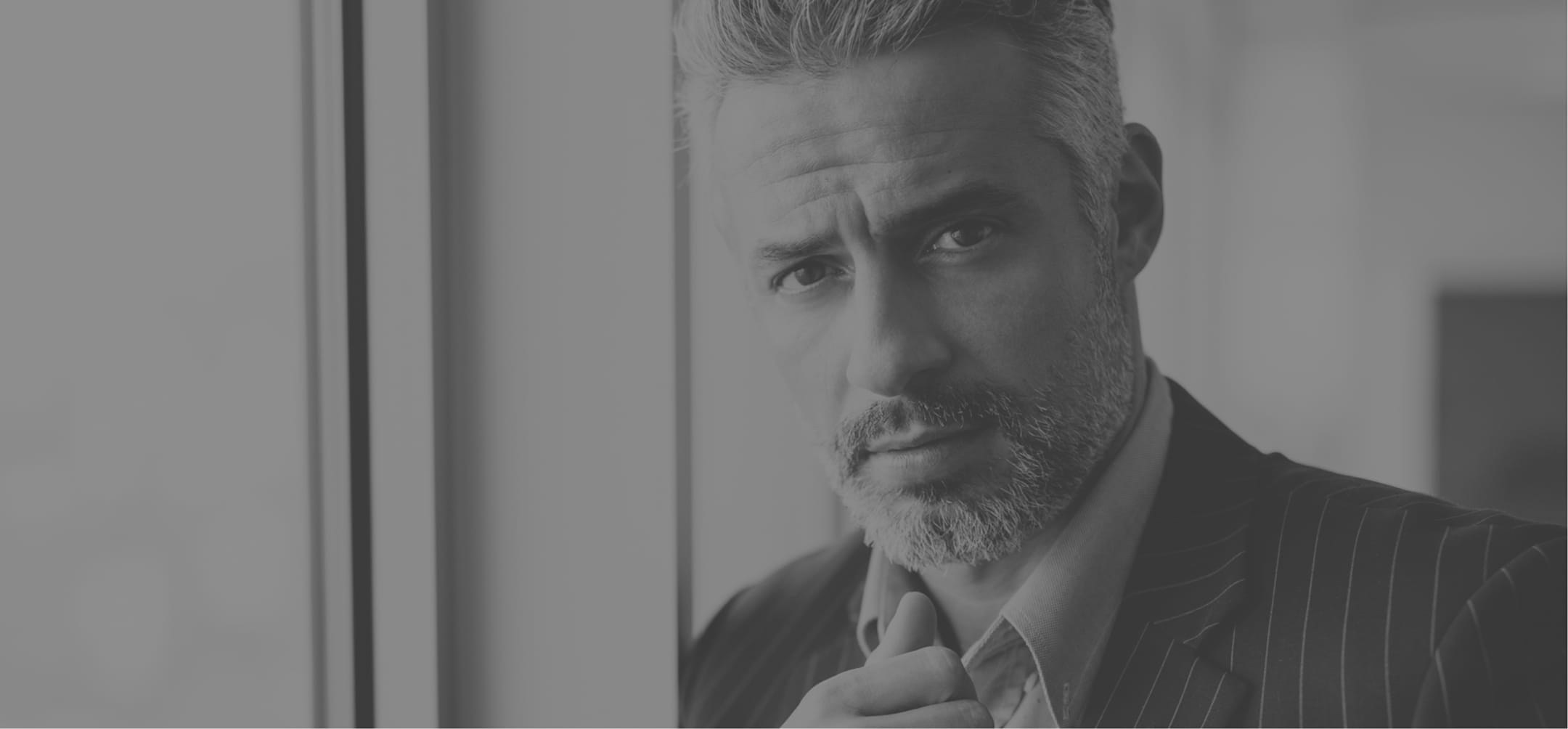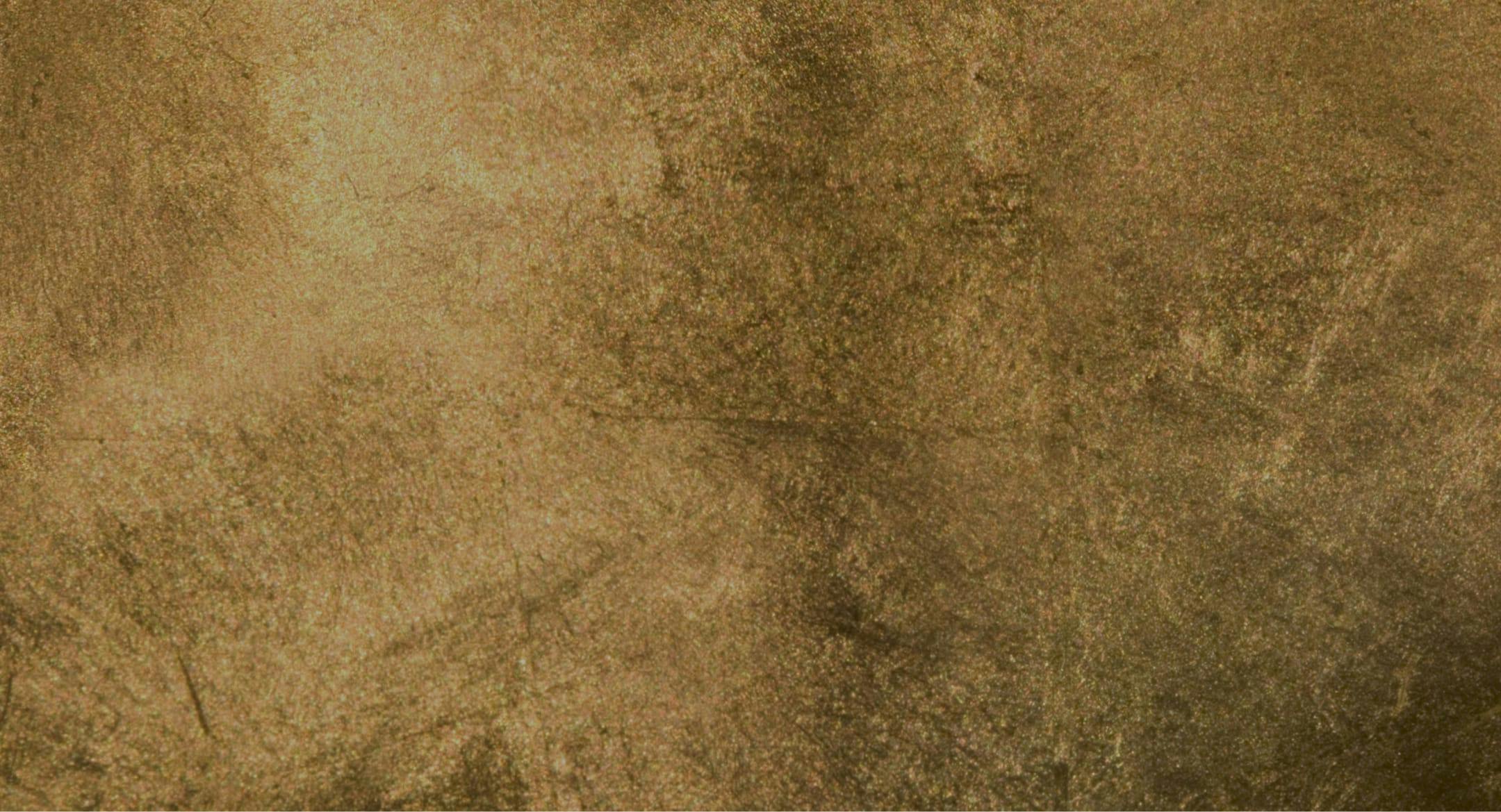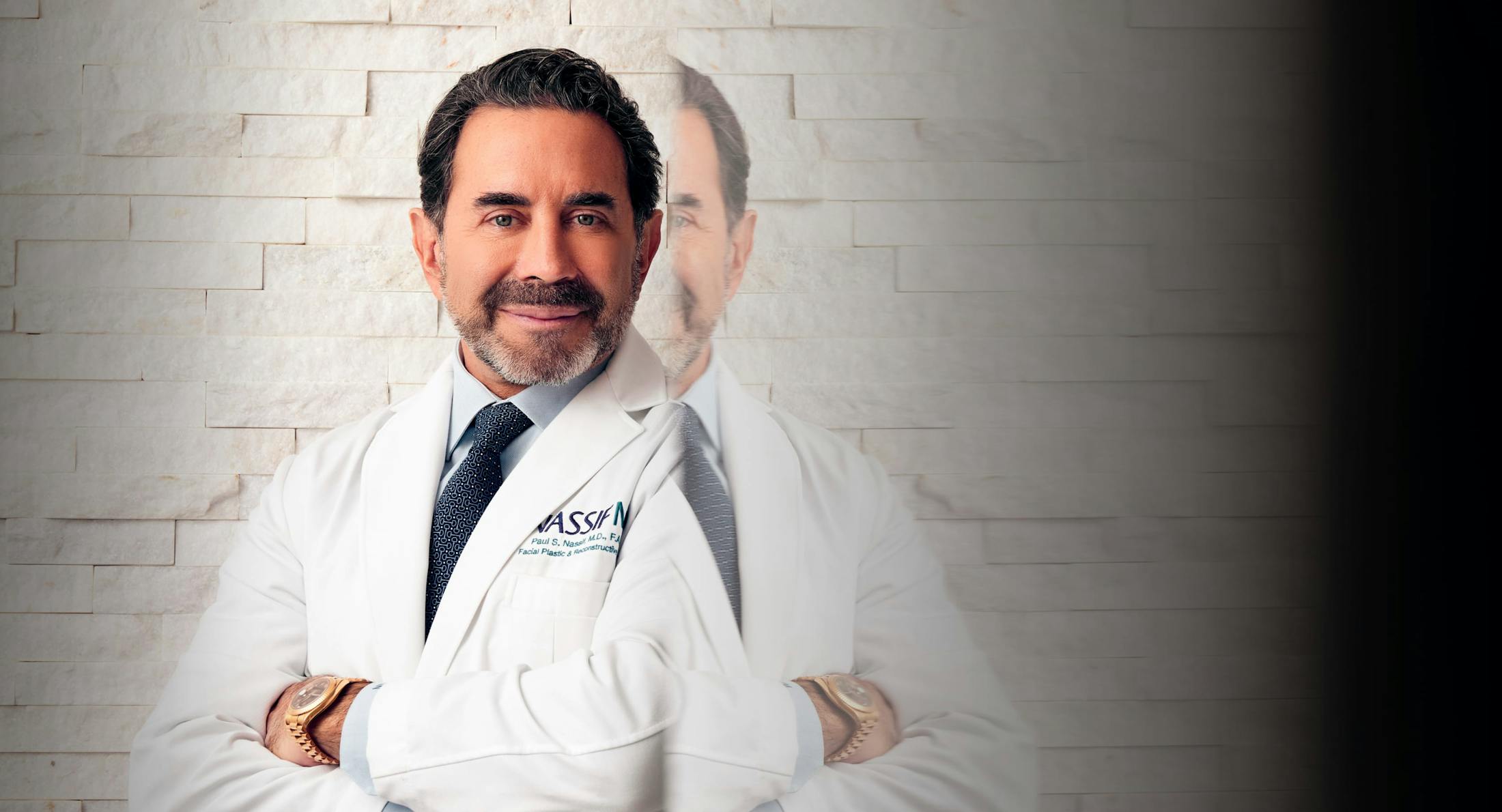Over time, factors such as genetics, sun exposure, and stress can result in signs of aging, such as wrinkles and sagging skin. These developments are displeasing to both men and women alike. Like its female counterpart, a male facelift eradicates these signs of aging, giving the face a rejuvenated, more youthful-looking appearance.
Who is an ideal candidate for a male facelift?
Ideal candidates for a male facelift are men who have developed unwanted signs of aging in the face and/or neck region. While the most common age range for a male facelift is 40 to 60, men as old as their 70s and 80s can see a major benefit from the treatment.
Ideal patients will also meet the following criteria:
- Be of sound body and mind
- Be a non-smoker, or be willing to stop smoking for a minimum of six weeks
- Be free of any serious medical conditions that could lead to complications
- Have realistic expectations for the results of the treatment






